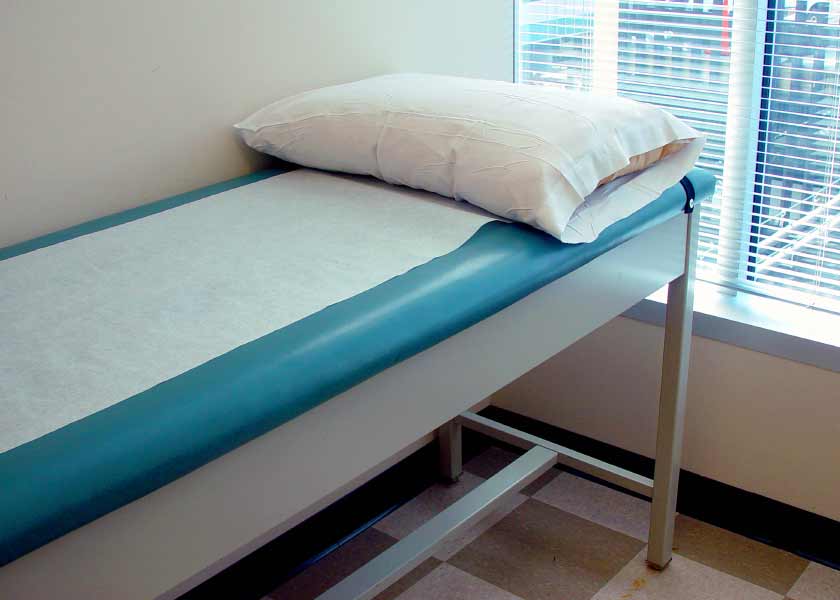 What if experts wanted to figure out the rate of tonsil cancer, but forgot to exclude all the people who’d had their tonsils removed?
What if experts wanted to figure out the rate of tonsil cancer, but forgot to exclude all the people who’d had their tonsils removed?
Those people are no longer at risk for tonsil cancer, and since there are more than half a million tonsillectomies performed each year in the U.S., counting them in the risk pool would dramatically dilute the true rate of the disease.
That’s what seems to have happened with cervical cancer, according to a thought-provoking new study published in the journal Cancer.
The study authors contend that statisticians failed to exclude from the risk pool the 20 percent of adult women who’ve had hysterectomies – surgeries to remove the uterus and cervix – when cervical cancer rates were calculated.
As a result, they say, cervical cancer rates are actually about 60 percent higher than previously reported. After excluding patients who’d had hysterectomies, the age-standardized rate jumped from 11.7 to 18.6 per 100,000 women.
But that risk isn’t evenly distributed with age or race.
Both cervical cancer and hysterectomy become more common as women pass their childbearing years. For older women, the cervical cancer rates jump even higher – about 75 percent – after correction for hysterectomy. In women ages 65 to 69, the uncorrected rate was 15.6 cases per 100,000, while the corrected rate was 27.4 cases per 100,000.
Black women are more likely to have hysterectomies than white women. After factoring that into the risk pool, the racial disparities in cervical cancer rates widen even further. Uncorrected numbers peg rates of cervical cancer as 62 percent higher in black women as compared to whites. After correcting for hysterectomies, black women appear to have an 89 percent higher risk.
The new numbers don’t just have implications for cancer risk. They may also have an impact on cervical cancer screening guidelines, which the study authors say are based on that skewed risk pool.
Without correcting for hysterectomies, it looks like cervical cancer incidence peaks between the ages of 40 and 44. The theory had been that cervical cancers were fueled by estrogen, a hormone that drops after menopause.
But after adjusting the risk pool, the peak shifts to ages 65 to 69, suggesting that menopause doesn’t diminish a woman’s risk.
In fact, if the study is correct, the new numbers mean a woman’s risk of being diagnosed with cervical cancer peaks just as current guidelines recommend that women and their doctors stop routine screening.
Will this change screening guidelines?
At least one independent expert thinks it should. Don Dizon, M.D., of Massachusetts General Hospital, told MedPage Today reporter Charles Bankhead:
“Their findings suggest that the numbers we are currently citing probably aren’t accurate,” Dizon, who is a spokesperson for the American Society of Clinical Oncology, told MedPage Today. “We definitely need to take this into consideration from a public health perspective and in terms of screening for cervical cancer.”
(Bankhead, by the way, was the only reporter I could find who actually sought out previous studies on this question and quoted an independent expert. Excellent job.)








